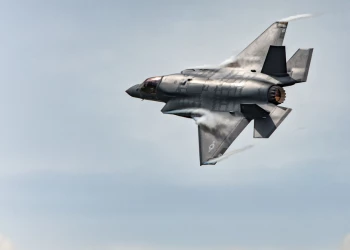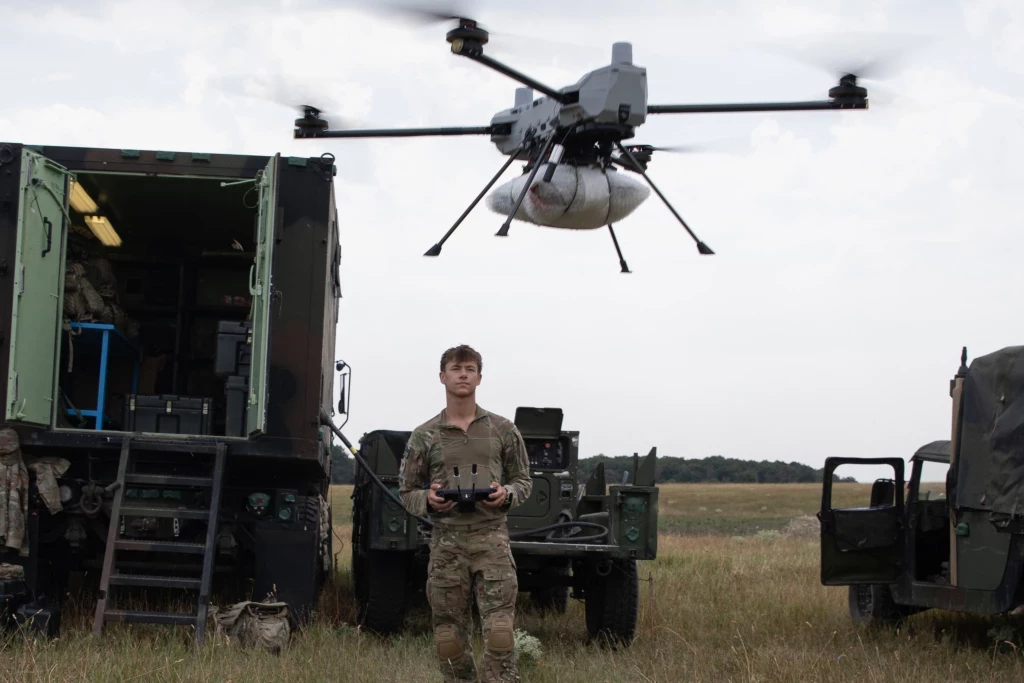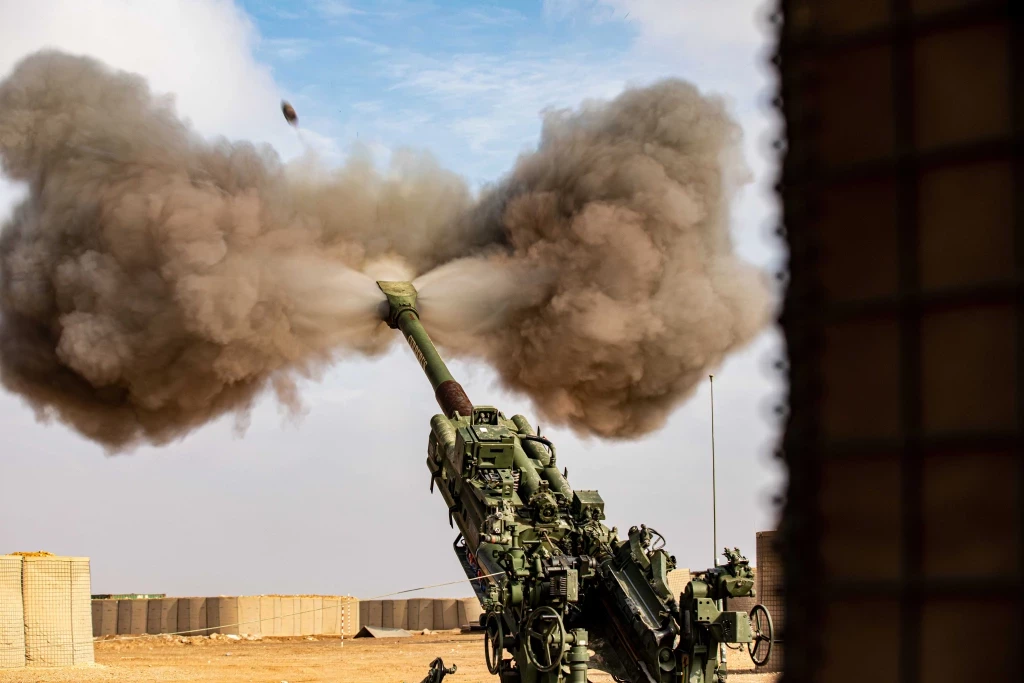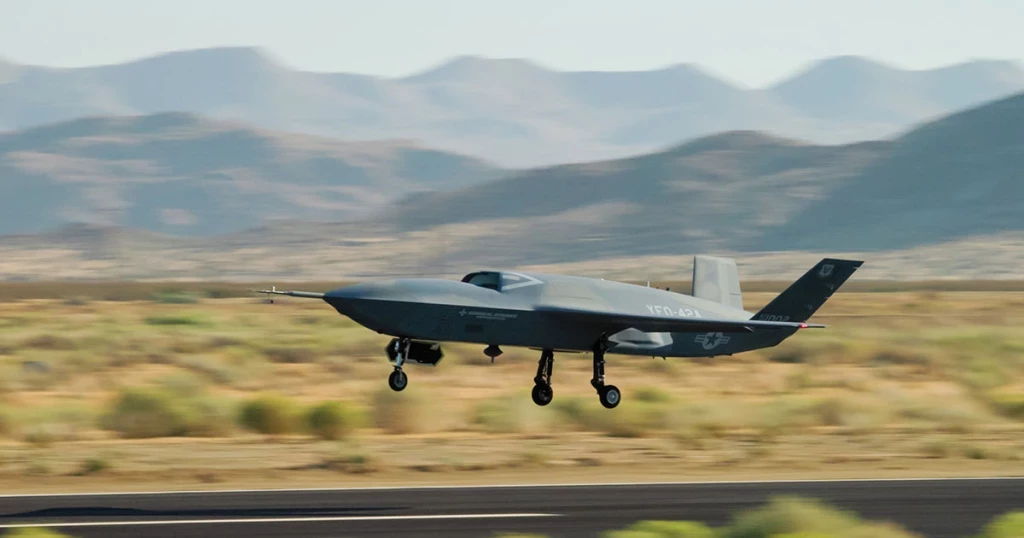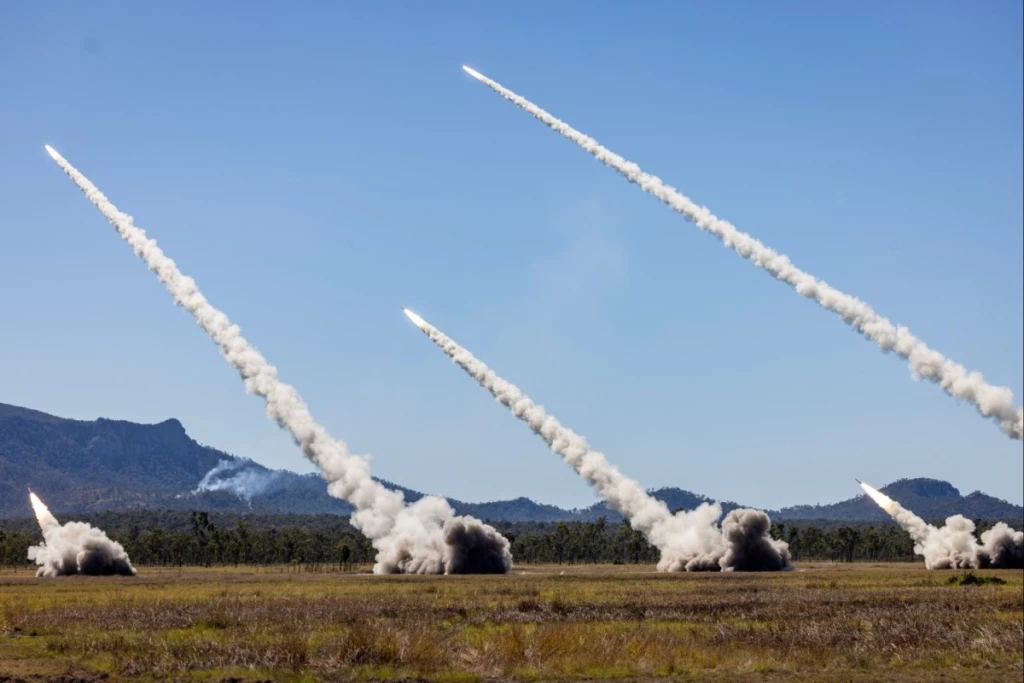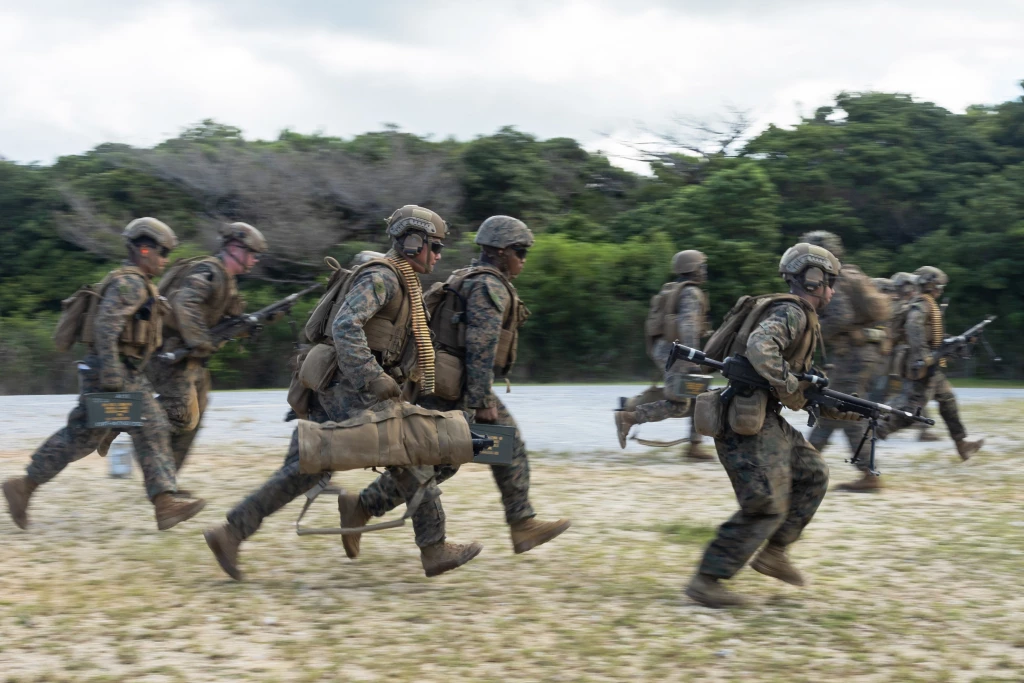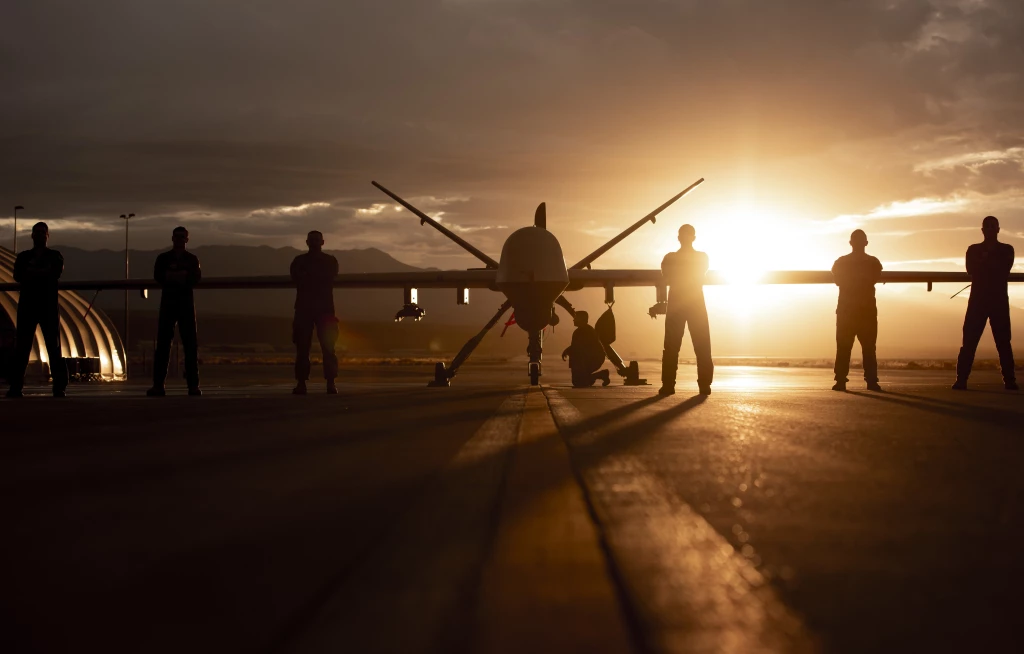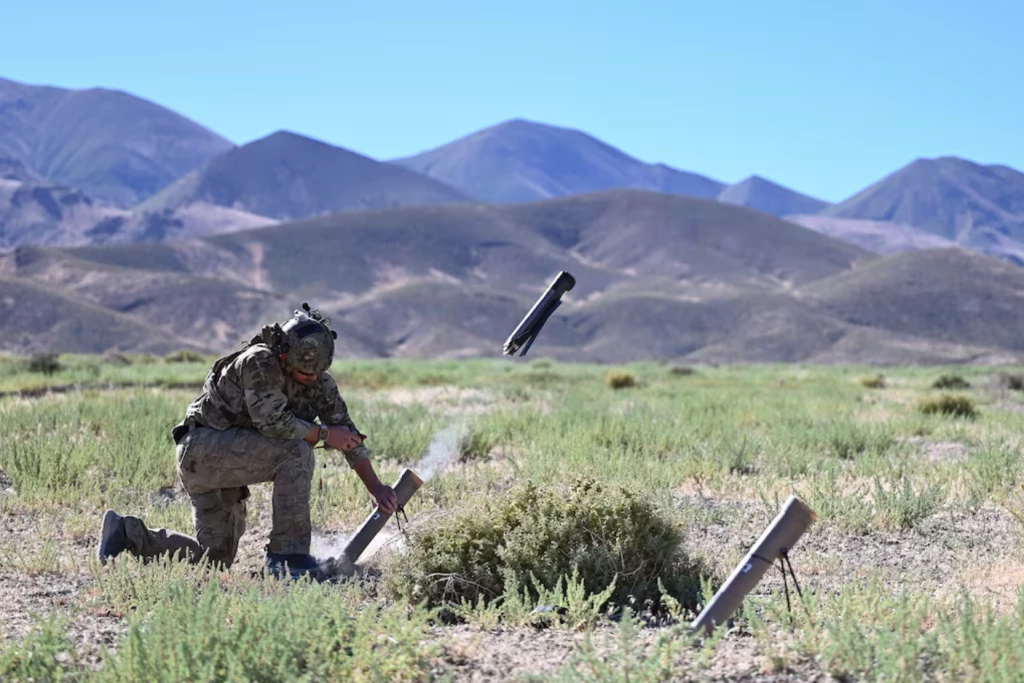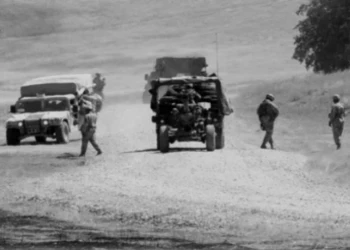5 Ways the Army Is Transforming After AUSA 2025
Add bookmark
The Association of the United States Army (AUSA) has been supporting the Army’s mission since 1950. In its 75-years, AUSA has become a resource for the Army to educate and inform the public, and every fall the association hosts its “Annual Meeting & Exposition” in the D.C. area. Although this year’s conference might have looked a little different amidst the government shutdown, there were still plenty of newsworthy announcements made from the speaking faculty.
In this article, we will summarize five news stories you might have missed from last week’s AUSA and how attending relevant IDGA events can provide even more insights into these topics.
Counter-UAS Capabilities
At AUSA 2025, Army and industry leaders underscored the urgency of closing the counter-drone capability gap as small unmanned aircraft systems (sUAS) proliferate across battlefields. Brig. Gen. Matt Ross, director of the newly formed Joint Interagency Task Force 401, emphasized that the Army must accelerate how it adapts to drone threats—iterating faster and incorporating lessons from allies in real time.
Established in August, the task force is charged with countering hostile drones and strengthening the Pentagon’s own defensive and offensive UAS capabilities. Ross highlighted the importance of training soldiers to operate “attritable” systems, low-cost, expendable drones that can be used aggressively and repeatedly to build proficiency. Industry leaders echoed that there is “no silver bullet” for the drone threat, which is cheap, adaptable, and easily mass-produced. Raytheon’s Robert Kelley stressed the need to integrate kinetic, non-kinetic, and sensing technologies into flexible, upgradeable systems that can keep pace with rapid enemy innovation. Together, these insights reflected a broader AUSA theme: success against drone threats will depend not on a single solution, but on agile development, adaptable training, and a seamless blend of technologies across domains.
IDGA’s Counter-UAS Summit has become a staple in the C-UAS community. Set to return to the D.C. area in August, 2026, the two-day event will provide high level discussions surrounding kinetic and non-kinetic approaches for countering drones. The event features a speaking roster that includes representatives from government administrations, the military, law enforcement and industry.
Army Accelerating Fires Transformation
At AUSA 2025, Army and industry leaders agreed that the Army must accelerate its transformation in long-range fires and air and missile defense to stay ahead of rapidly advancing adversaries. Maj. Gen. Frank Lozano, PEO Missiles and Space, urged the service to “accept and underwrite risk” to deliver cutting-edge capabilities faster, noting that the Army is investing heavily in programs like the Precision Strike Missile, HIMARS, and the Integrated Battle Command System.
Maj. Gen. David Stewart emphasized that speed, both in capability delivery and battlefield decision-making, is critical for future conflicts, where forces must detect and engage threats nearly simultaneously. Lozano added that the Army must influence enemy decision cycles rather than merely reacting.
Recent fielding of prototypes, from counter-drone tech in the Middle East to missile defense systems in Europe and Guam, illustrates the Army’s commitment to fast, adaptive transformation. “We’ve got to get ahead of the enemy,” Lozano said.
The Army’s fire transformation directly aligns with the central themes of IDGA’s 2026 Future Indirect Fires Summit. At the Summit, leaders from across the indirect fire community will continue this critical transformation conversation, exploring how the defense industrial base, modern software integration, and resilient supply chains can keep pace with evolving threats. Click here to learn more about the event taking place this January.
Army’s Space and Missile Defense Command Expands Mission
The U.S. Army’s Space and Missile Defense Command (SMDC) has significantly expanded its role to lead a broader portion of the homeland air and missile defense mission, according to Lt. Gen. Sean Gainey at AUSA 2025. Traditionally focused on the ground-based midcourse defense (GMD) mission under NORTHCOM, SMDC’s responsibilities now encompass holistic air and missile defense (AMD), including counter-drone operations. To support this expansion, the Army reassigned the 32nd and 263rd Army Air and Missile Defense Commands to SMDC, giving it full oversight of homeland defense planning and execution, including missions protecting the National Capital Region.
This organizational shift aligns with the Army’s creation of the new Western Hemisphere Command, which will merge Army North, Army South, and FORSCOM to streamline homeland and regional defense efforts. Gainey also revealed that the Army has completed its Air and Missile Defense Strategy 2040, pending approval from senior leadership. The strategy incorporates lessons from recent conflicts in Ukraine and the Middle East and emphasizes a “system of systems” approach to counter increasingly complex and multi-domain threats, from drones to cruise and ballistic missiles. This evolution marks a major step toward modernizing and unifying the Army’s homeland defense architecture.
IDGA is committed to supporting U.S.homeland security by providing a forum to discuss the innovation and collaboration for American law enforcement and industry. Homeland Security Week will return this March 17-18 at the MGM National Harbor Hotel in Maryland. Click here to learn more, including a look at the event’s 2025 Agenda.
Army Announces Nuclear Power Program
At AUSA 2025, Army Secretary Dan Driscoll and Energy Secretary Christopher Wright announced the Janus Program, a joint Army–Department of Energy initiative to deploy microreactors on U.S. Army installations. The effort aims to deliver secure, resilient, and self-sustaining energy to power critical missions and reduce reliance on vulnerable energy grids. Named after the Roman god of transition, the program marks a shift from prototypes to fully commercial nuclear power.
Unlike past military nuclear programs, Janus will feature commercially owned and operated reactors with Army oversight, creating a model for military-civilian collaboration in energy innovation. The Department of Energy will assist by developing production for high-assay, low-enriched uranium (HALEU) fuel, testing prototypes at Idaho National Laboratory, and streamlining nuclear regulatory processes.
Driscoll described the initiative as a pivotal step in adapting to modern warfare’s energy demands, while Wright drew parallels to the Navy’s game-changing nuclear submarine fleet. A prototype reactor is expected to go critical by mid-2026.
As Project Janus begins a new era of energy resilience and innovation for the Army, IDGA is committed to supporting the defense logistics and operational energy community through our Military Energy Summit, set to return to the D.C. area next fall.
Army Embracing Transformation
During his presentation, Army Chief of Staff Gen. Randy George emphasized that the Army must continuously transform to confront a world dominated by cheap drones, rapid technological change, and increasingly lethal adversaries.
George outlined progress across his four priorities: warfighting, combat-ready formations, continuous transformation, and strengthening the profession of arms, underscoring that adaptation is no longer optional. He highlighted innovations such as a new commander’s tablet that replaces static tactical operations centers, AI-enabled logistics systems for property management, and the streamlining of Army Regulation 350-1 from 250 to 80 pages to prioritize field training over administrative tasks. The Army is also discarding over 1 million obsolete items and modernizing its industrial base to boost efficiency. At combat training centers, opposition forces are being upgraded faster to reflect real-world lessons from conflicts like Ukraine.
Meanwhile, programs such as Holistic Health and Fitness and improved dining facilities aim to enhance soldier well-being. George concluded that transformation is ultimately about mindset and people, ensuring leaders are prepared to harness new technologies while maintaining the Army’s core professional values and readiness for future warfare.




